
Cholia/ dried green chikpeas kebabs
What are Green Chickpeas?
Green Chickpeas are young garbanzo beans harvested at their peak of freshness and are nutrition packed! These delicious and nutritious beans are now available dried in grocery stores.
Hi friends! here is a simple ,easy to make recipe of Kebabs. Not all kebabs have to be made with meat! Try out these scrumptious, easy, vegetarian Green chickpeas / dried green chanas / sukha hara Chanas kebab recipe. It is high fiber, tasty and, perfect to serve at lunch or as evening / party snack with any spicy chutney/ dip. This recipe is a superb and yummy substitute for meat kebabs that all will enjoy. Make these Indian-style crisp Green chickpeas / dried green chanas / sukha hara Chanas Kebabs for perfect party snacks or a starter.
Preparation time: overnight soaking and 20 minutes
Cooking time: 20-25 minutes
Course: Healthy snacks, appetizers
Servings: 4-6
Ingredients:
- 1 cup dried Green chickpeas / dried green chanas / sukha hara Chanas
- 1 medium size onion, or / 1 cup finely chopped onion
- 2 medium size potatoes, boiled and mashed
- 12 cloves of garlic, minced well
- 1 tsp fresh ginger finely grated
- 2 tbsp Cilantro/ Coriander leaves, finely chopped
- 2 tbsp corn flour
- 2 green chilies, finely chopped
- 1/2 tsp roasted cumin seed powder
- 2/3 tsp salt / or salt to taste
- Oil for frying
For garnishing:
1 medium size onion, cut into rings.
Method:
Step 1.
Wash dried Green chickpeas / dried green chanas / sukha hara Chanas well and soak it overnight in 500 ml of water.
Step 2.
In a pressure cooker take the soaked dried Green chickpeas / dried green chanas / Hara Chanas along with the water soaked in. Place the cooker on high flame. The moment full pressure is formed, reduce to low flame for twenty minutes. Switch off the stove.
Step 3.
Let the cooker come to room temperature, open the lid and take out the cooked dried Green chickpeas / dried green chanas / Hara Chanas in a mixing bowl , strain out the liquid. Keep aside.
Step 4.
Peel wash and cut the onions fine, keep aside.
Step 5.
Peel , mince the garlic cloves, and finely grate the ginger, keep aside.
Step 6.
For the kebabs, tip the drained cooked dried Green chickpeas / dried green chanas / Hara Chanas into a food processor and blend until coarsely mashed, but not puréed. or with a masher you can manually mash the boiled chanas.
Step 7.
Transfer mashed cooked dried Green chickpeas / dried green chanas / Hara Chanas to a mixing bowl and add chopped onions, chopped/ minced garlic and chopped Cilantro/ Coriander leaves. Add corn flour ,salt, green chilies and freshly ground black pepper and mix well in to a dough.
Step 8.
Take about 2 Tbsp of the mixture /dough, in your hands (You can oil your palms if it’s sticking) and make small patties of the dough and shallow fry them in a non stick pan with little oil. Cook till it turns golden brown on both the sides. The mixture is thick enough to hold its shape.
or
Step 9.
Take sufficient cooking oil into a deep heavy bottom frying pan and place over medium flame . To test if the oil is hot enough for frying, put a small piece of onion in it, if the onion sizzles in the oil and comes on the surface fast, the oil in the pan is at the correct temperature for frying Kebabs.
Step 10.
Gently slide in Kebabs one by one in hot oil , until the pan is fairly full but not overcrowded. We need to fry them in batches. Fry for 5-6 minutes, turning occasionally, until crisp and golden-brown and cooked through.
Step 11.
Remove with a slotted spoon and drain on Paper kitchen towel to drain out the excessive oil before serving.
Step 12.
Serve the hot and crisp kebabs with the spicy coriander/ cilantro/mint chutney .
Note:
Kebabs can be shallow fried in a non stick pan or deep fried.
Health benefits of Dried Green chickpeas / dried green chanas/ Hara Chanas:
Rich in both types of fiber, soluble and insoluble, chickpeas escort the trapped bile acids out of the body and lower cholesterol levels, thereby contributing to cardiovascular health.
The insoluble fiber content in chickpeas helps in preventing digestive disorders, like irritable bowel syndrome and diverticulosis; hence, promoting positive digestive health.
With folate and magnesium in high amounts, chickpeas protect the body from cardiovascular diseases. Folate reduces the levels of the amino acid, homocysteine which causes damage to the lining of arteries and increases the risk of blood vessel blockages.
With a rich supply of soluble fiber, chickpeas help in balancing blood sugar levels; thus, providing support to diabetic patients suffering from highs and lows of blood sugar levels.
The high fiber content in chickpeas induces feelings of satiety, thereby cutting down the intake of unwanted calories and keeping your appetite under control.
An excellent source of the trace mineral manganese, chickpea boosts production of energy and defends against several diseases.
Molybdenum is a mineral and an antioxidant important for stimulating the body’s mechanism for reducing symptoms of energy, helping with impotency in men, fighting against tooth decay and irritability, and preventing anemia. Molybdenum is found in chickpeas in abundance.
Chickpeas contain phytochemicals called saponins which are highly beneficial for the health of women. They act as antioxidants, providing protection against osteoporosis, lowering the risk of breast cancer, and minimizing hot flushes in post menopausal women.
Chickpeas help in meeting your daily iron requirements. The deficiency of which reduces the delivery of oxygen throughout the body, resulting in feelings of weakness and tiredness, difficulties in concentration, and increasing the risk of infections.
A good source of iron, chickpeas also help with the proper functioning of the human system and preventing conditions, like anemia, weakness, hair loss, headaches, and other critical health concerns.
Regular consumption of folate is important for the production and maintenance of new cells, particularly during periods of rapid growth, like during pregnancy and infancy. Women, who consume adequate amounts of folate during their childbearing years, can reduce their risk of delivering babies with a neutral tube defect.
Enriched with the amino acid tryptophan, chickpeas are a good source of serotonin which regulates fluctuating moods and sleeping disorders. Eating chickpeas before bedtime leads to calmness and induces a good night’s sleep.
Ref. http://recipeclout.india-server.com/chickpeas.html
Nick’s kitchen medical Disclaimer:
- Nick’s kitchen is for Vegetarians. It sometimes provides education and support to individuals who want to become vegetarian, or move toward a more vegetarian diet.
- Nick’s kitchen provides some information on vegetarian and vegan diets to the best of their knowledge and abilities.
- Nick’s kitchen does not claim to be health care professional, nutritionist, nor does it claims to treat any illness through vegan or vegetarian diet.
- If you have a medical condition,Nick’s kitchen recommend that you consult your health care professionals before changing your diet.
- Any changes that you make to your diet, and the results of those changes, are your decision and your responsibility.

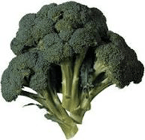





 Choliya / Fresh Green Chana curry
Choliya / Fresh Green Chana curry
 Baingan Aloo Sabzi
Baingan Aloo Sabzi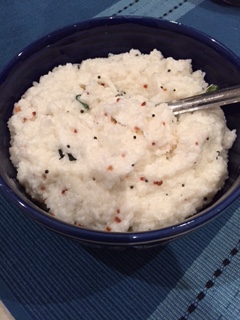 Curd Rice
Curd Rice
 Matar/Green peas paratha
Matar/Green peas paratha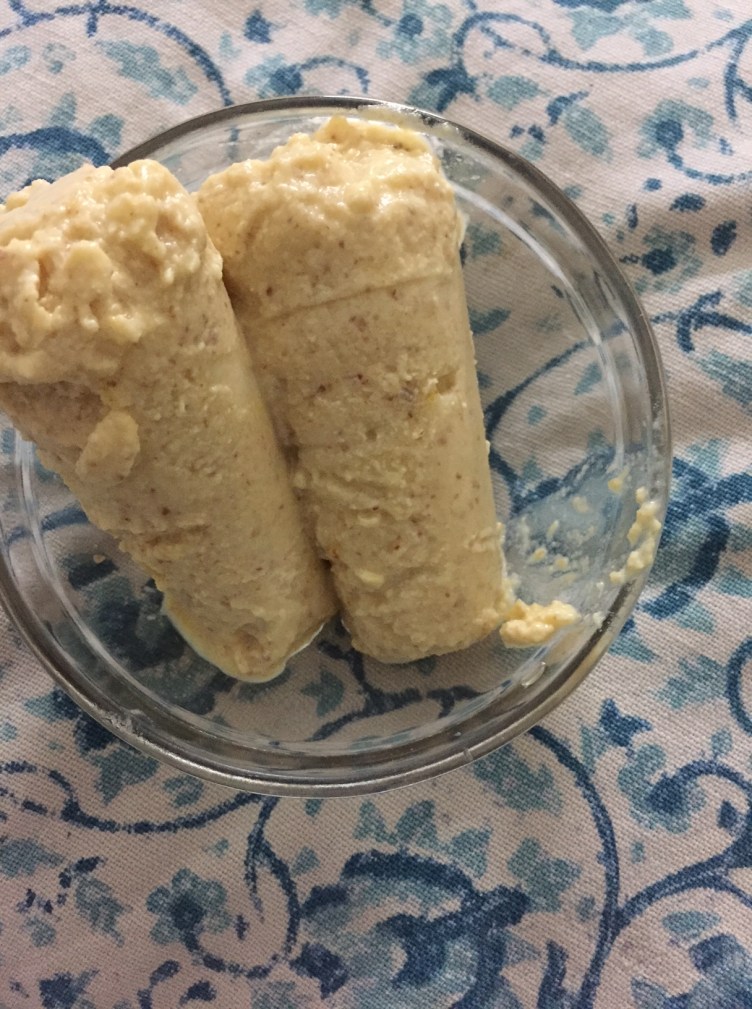

 Onion Patty/Onion Kachori
Onion Patty/Onion Kachori

 Panjiri Prasad
Panjiri Prasad Sukhe aloo / dry potatoes curry
Sukhe aloo / dry potatoes curry
 Almond sharbat
Almond sharbat Mango jelly/Aam Papad
Mango jelly/Aam Papad 
 Sago / tapioca pearls pudding / Sabudana Kheer
Sago / tapioca pearls pudding / Sabudana Kheer Red beans / Rajma with yogurt
Red beans / Rajma with yogurt
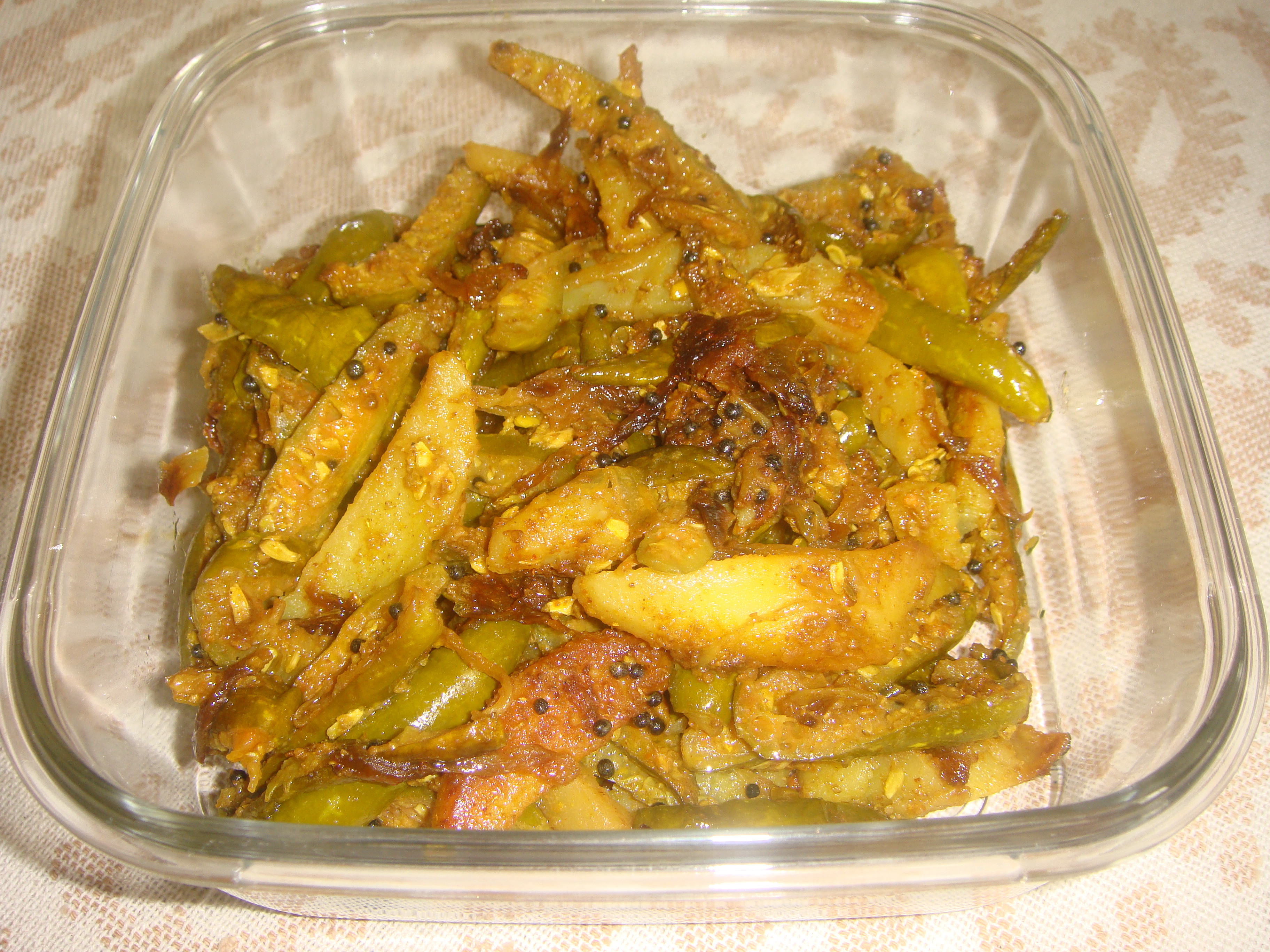
 Stir fry Cabbage
Stir fry Cabbage  Hi friends ! Bonda is a typical South Indian snack that has various sweet and spicy versions of it in different regions. Here is a simple, easy to make Aloo bonda recipe, deep fried savory appetizer made with spicy potato mix. When they are serve hot they are crispy outside and soft inside.
Hi friends ! Bonda is a typical South Indian snack that has various sweet and spicy versions of it in different regions. Here is a simple, easy to make Aloo bonda recipe, deep fried savory appetizer made with spicy potato mix. When they are serve hot they are crispy outside and soft inside.




 Green Garlic Chutney /Sauce
Green Garlic Chutney /Sauce




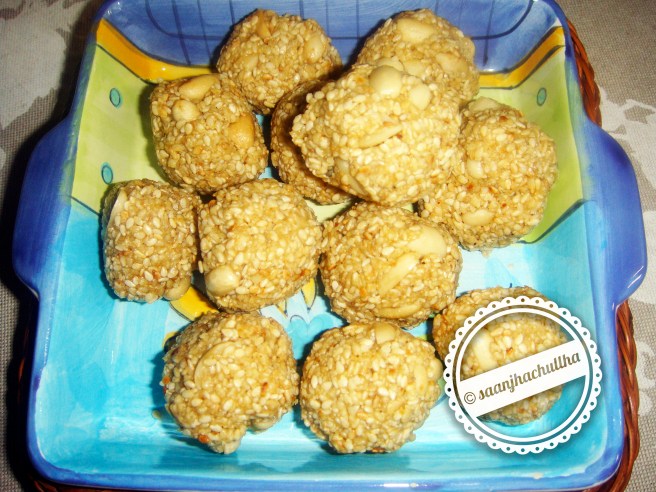

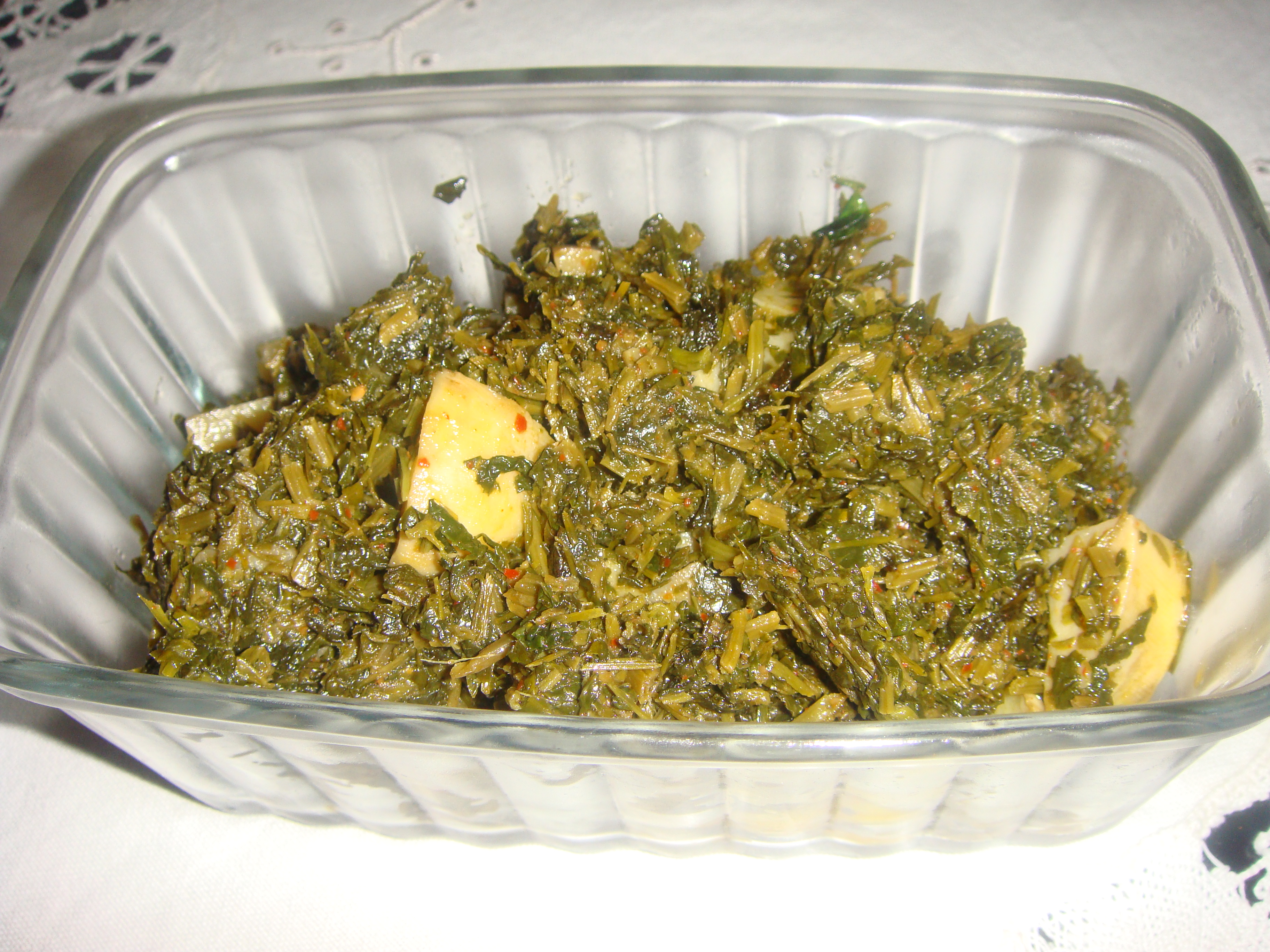
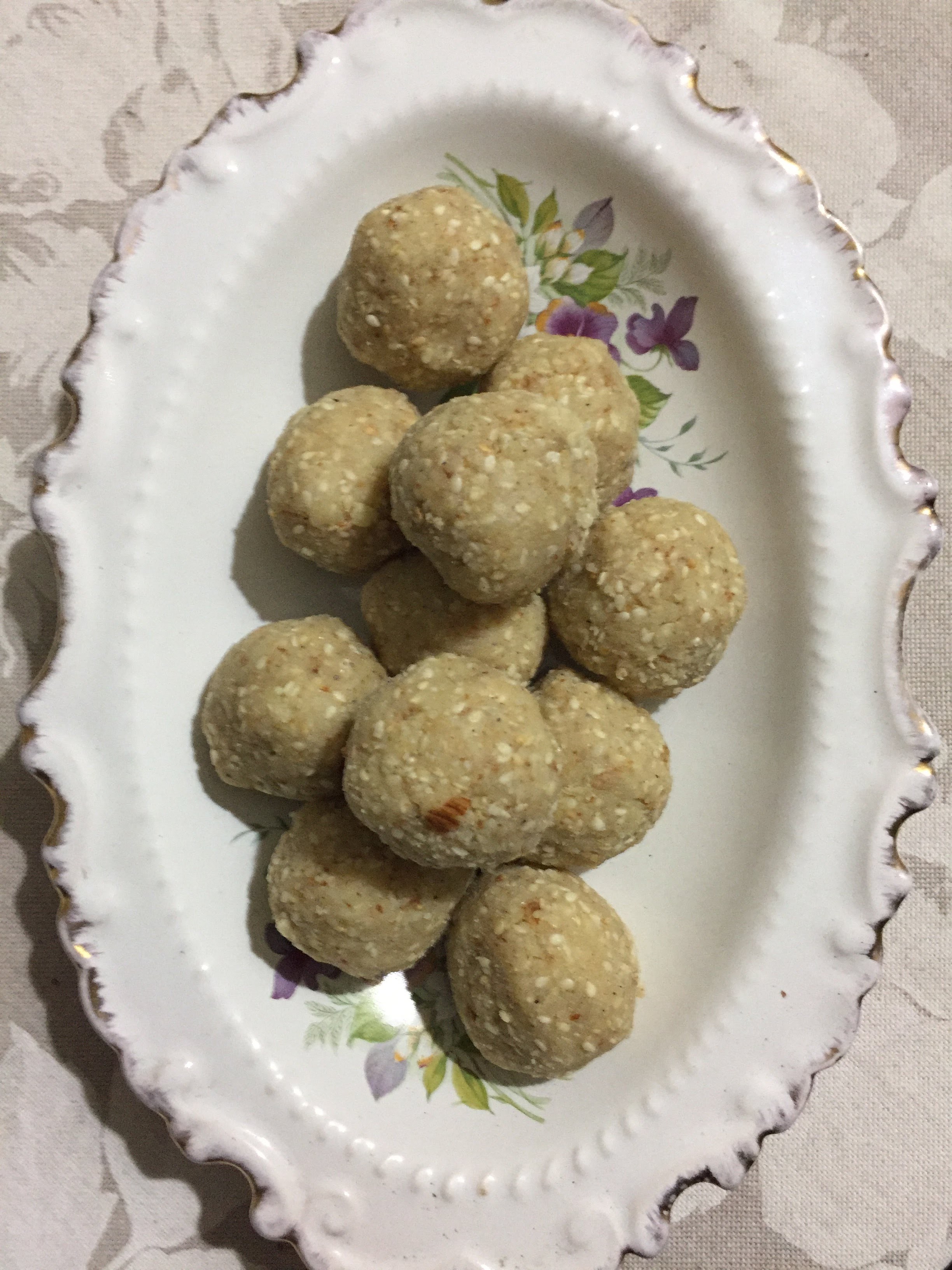 Sesame Delicacy / Til khoyaLaddoos
Sesame Delicacy / Til khoyaLaddoos
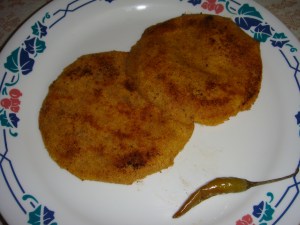 Sarson ki bhurji Makki ki Roti
Sarson ki bhurji Makki ki Roti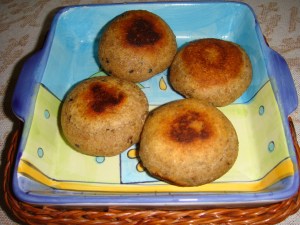

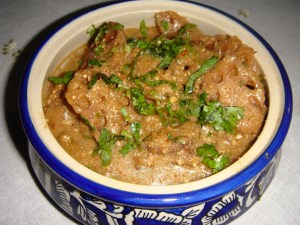 Masala Kamal Kakri/ Lotus stem
Masala Kamal Kakri/ Lotus stem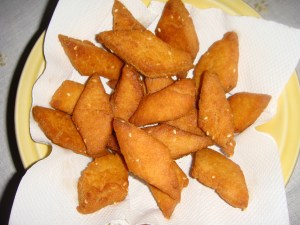 Shakar-para
Shakar-para Andhran Baghare baingan
Andhran Baghare baingan

 Moong Dosa /Pesarattu
Moong Dosa /Pesarattu